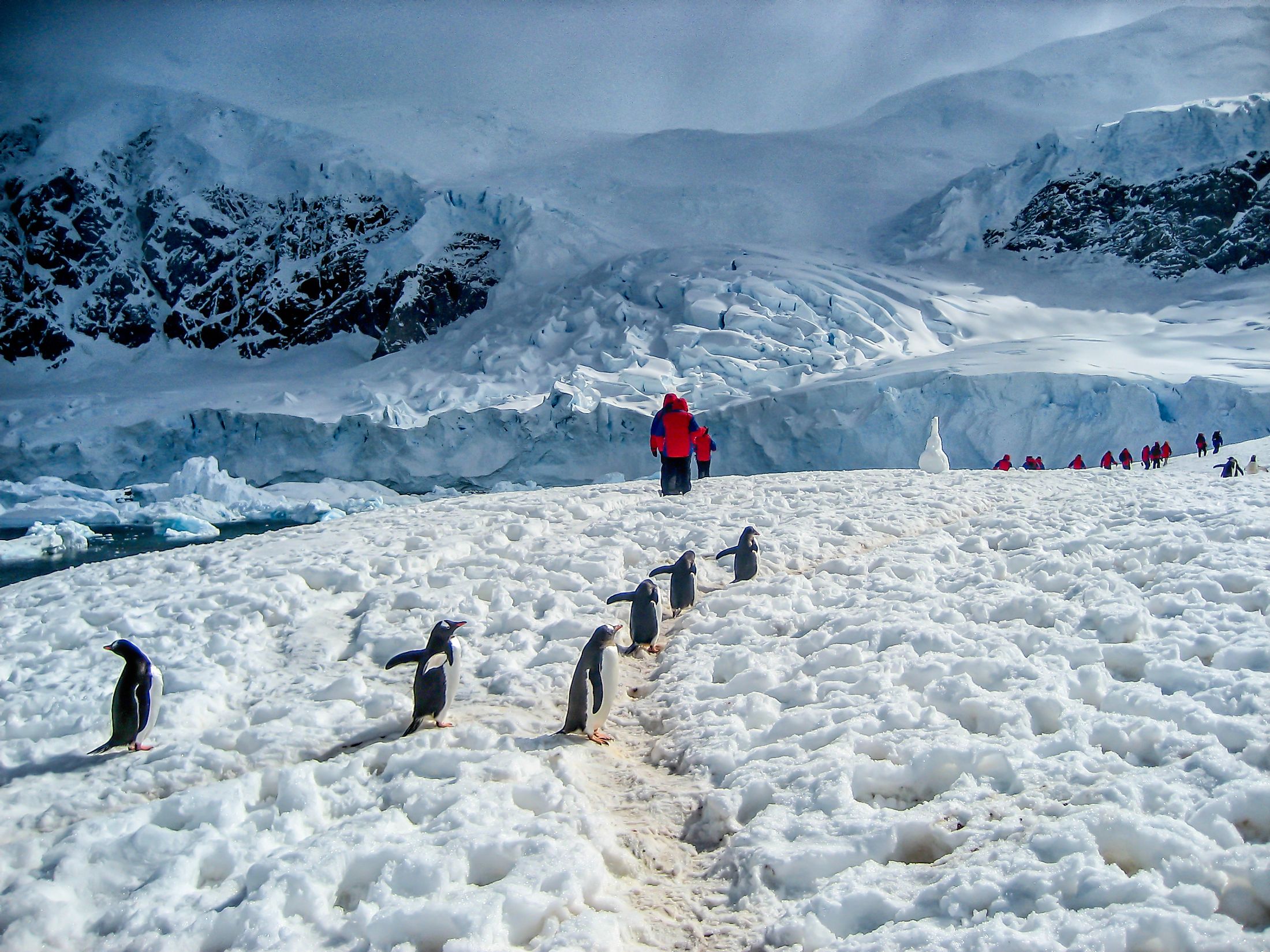
Do People Live In Antarctica?
Antarctica has no permanent human population. The continent has never had an indigenous human population, largely due to its inhospitable climate and its isolation from the rest of the world. In fact, Antarctica was not even discovered by humans until the 19th century. Since then, many explorers and scientists have journeyed to the icy continent, though none of these people have made it their permanent home. Today, the only humans to actually live on the continent are scientists and guides dedicated to the study, exploration, and preservation of the continent. Antarctica is also a popular tourist destination. It is important to note, however, that with ongoing climate change, there could very well be a time when permanent, self-sustaining human habitation of the ice-covered continent will be possible.
Environment Of Antarctica
Approximately 40 to 50 million years ago, temperatures across Antarctica reached up to 17 degrees Celsius. Thus, at one time, the continent was habitable. In fact, scientists have discovered fossils indicating that Antarctica was once covered by forests and inhabited by dinosaurs. Hence, if humans had existed 40 to 50 million years ago, they could conceivably have lived on the continent.
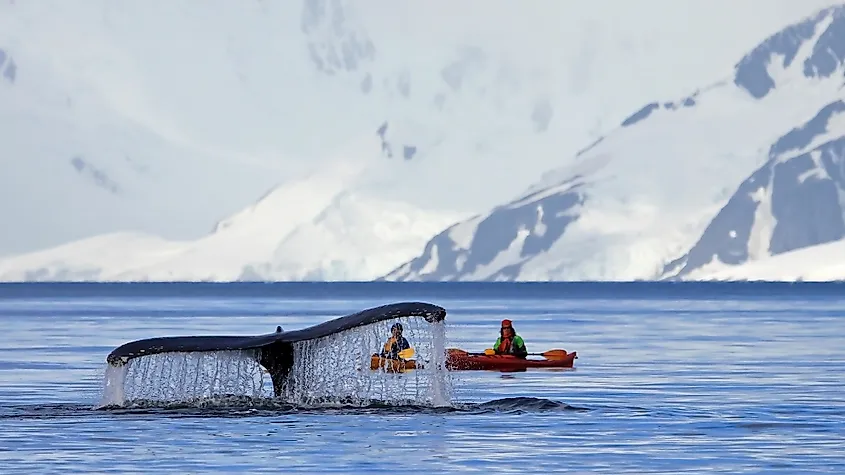
Today, however, Antarctica is the coldest, driest, and windiest place on Earth, making it inhospitable for humans, not to mention most other life forms. Temperatures on the continent can drop as low as -90 degrees Celsius in the winter. During the summer, the mercury rises to a maximum of 5 degrees Celsius. Besides the cold, the wind also contributes to Antarctica’s inhospitable climate. In fact, wind speeds on the continent can be as fast as 327 km per hour, which is much faster than the wind speeds of most tropical cyclones. Antarctica is also severely lacking in precipitation. Indeed, the continent gets as little as 20 mm of precipitation each year, which is very comparable to the world’s hot deserts. Actually, Antarctica itself is classified as a desert even though it is also home to 70% of the world’s fresh water.
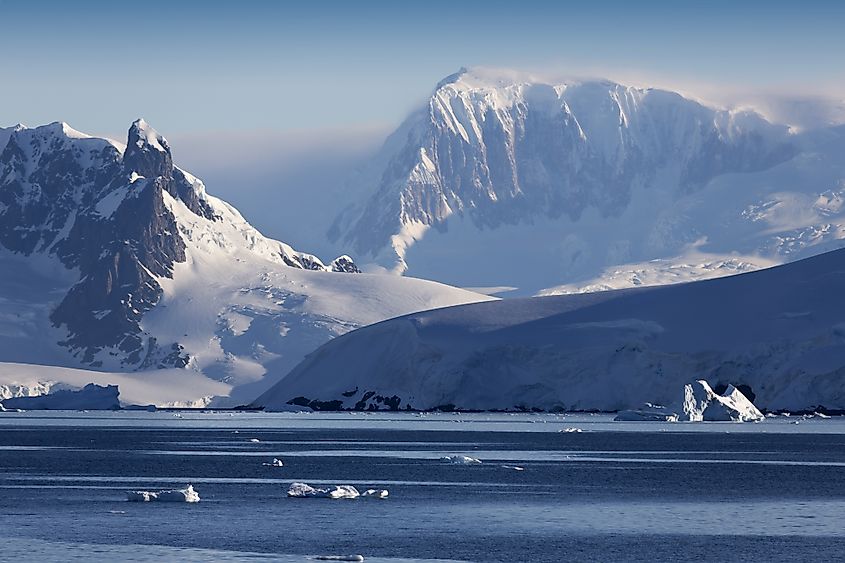
The terrain of Antarctica also makes it inhospitable. The continent encompasses an area of 14.2 million sq. km, which is more than enough territory to theoretically support a large human population, until you consider that 98% of it is covered by ice. On average, this ice is 1.6 km thick, but can be as much as 4.5 km thick. Antarctica is also very isolated from the rest of the world. In the earliest days of humanity, people were able to cross continents using land bridges, which is how humans managed to populate every continent in the world – except Antarctica, that is. Antarctica never had land bridges connecting it to other continents, and has always been isolated by the vast Southern Ocean that surrounds it. It is no surprise, then, that humans did not arrive on the continent until the 19th century.
Humans Discover Antarctica
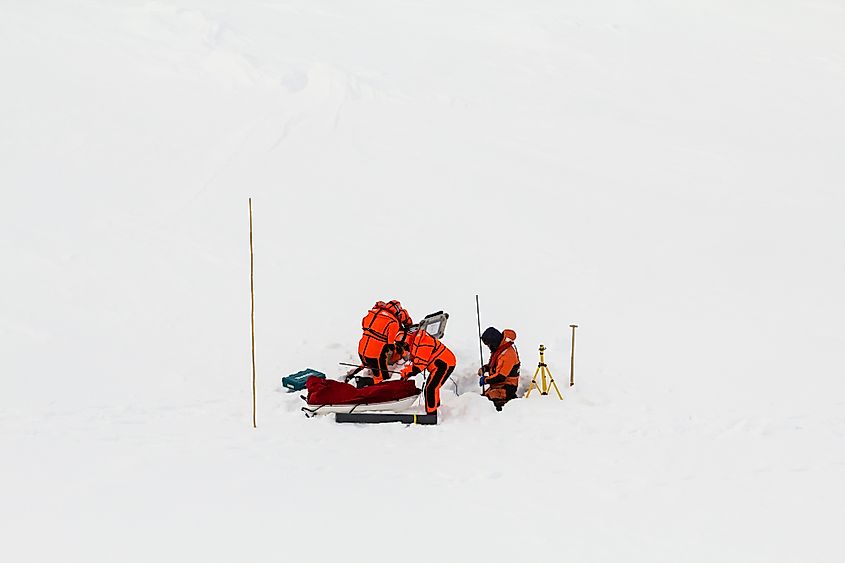
From the time of ancient Greece, humans had speculated that there was a continent in the far south of the world. But confirmation of Antarctica’s existence did not happen until 1820, when members of a Russian expedition first sighted it. In the early 20th century, a race began to determine who would be the first to reach the South Pole. The first attempt was by a British explorer named Robert Falcon Scott, who sailed to Antarctica in 1901, and tried to reach the South Pole in 1902, though he was forced to retreat before he could reach it. Six years later, another British explorer, Ernest Henry Shackleton, attempted to reach the South Pole, coming within 180 km of it before having to withdraw. It was not until 1911 that Norwegian explorer Roald Amundsen became the first person to reach the South Pole, raising the Norwegian flag there on December 14, 1911. Further expeditions by others were undertaken during the next few decades. In 1935, Norway’s Caroline Mikkelsen became the first woman to set foot in Antarctica. In 1947, the United States sent the largest expedition ever to the continent, taking photographs that were used to map it.
The Extent of Human Habitation in Antarctica
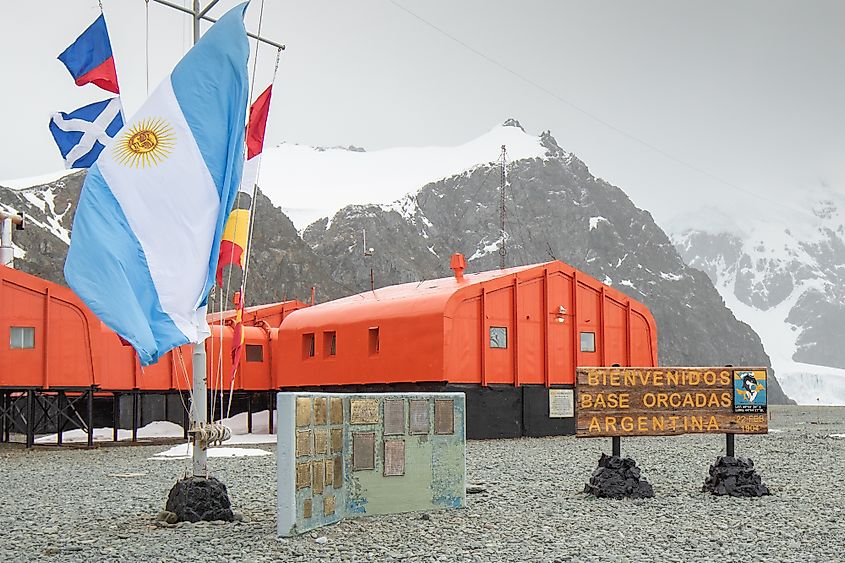
In the late 1950s, several countries began establishing research stations in Antarctica. Today, there are 66 national research bases on the continent. These research bases vary in size, supporting as many as 1,300 people to as few as six. Most scientists and support staff spend three to six months in Antarctica, though some stay for as long as 15 months. Traveling to and from the continent can only be done during the summer, as the widespread sea ice, high winds, and poor visibility that come during the winter make traveling extremely risky. In fact, more than half of the research stations in Antarctica close during the winter.
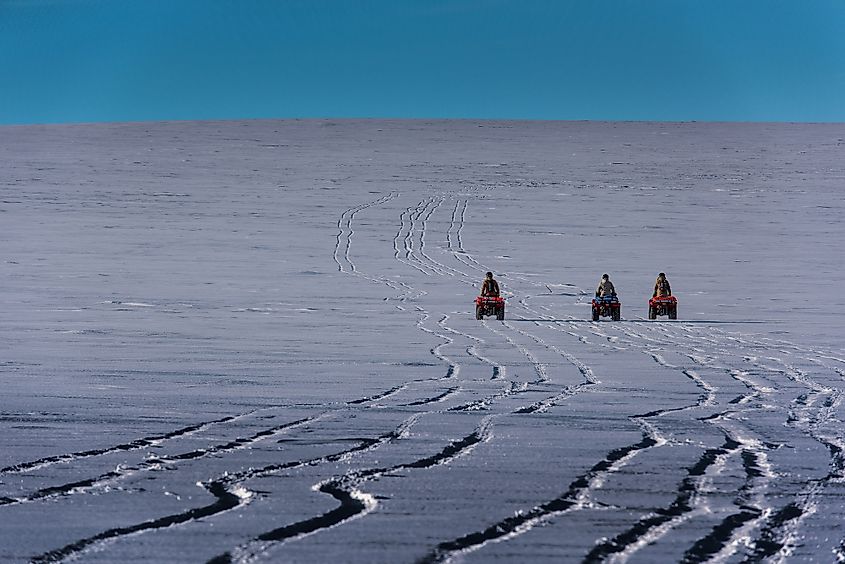
Aside from researchers and their support staff, the only other people to set foot in Antarctica are Antarctic guides and tourists. The guides can be expedition guides, mountaineering guides, or deep field guides, who spend a lot of their time on or near the continent. Tourists have visited Antarctica since the 1950s. About 170,000 people visit the continent each year, most of whom are from English-speaking countries, especially the United States, though there is an increasing number of Chinese tourists visiting the continent, in addition to people from non-English-speaking parts of Europe.
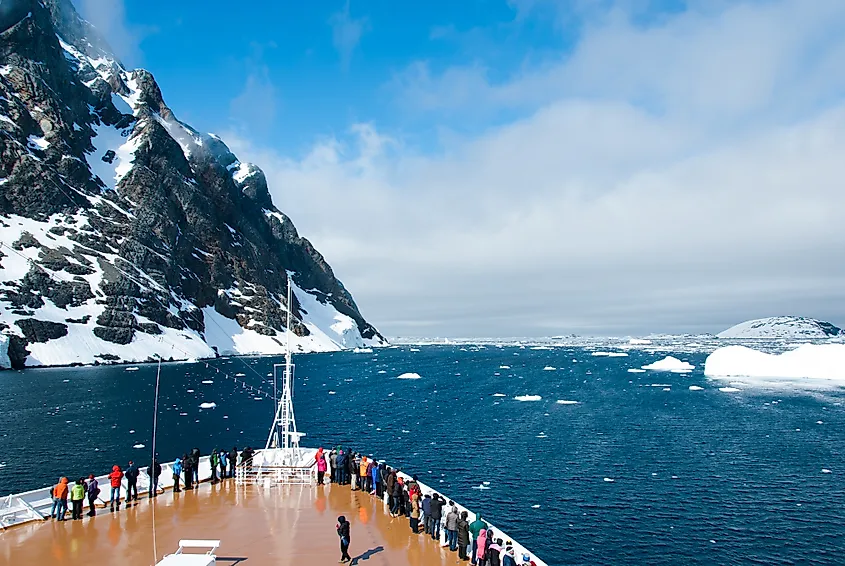
It is conceivable that in the future, regular people will be able to live in Antarctica. Climate change is rapidly warming the continent. In fact, the Antarctic Peninsula, the part of the continent that is closest to its neighbor, South America, is one of the most rapidly-warming places on Earth. Over the past 50 years, the temperature on the peninsula has gone up an average of 3 degrees Celsius. If climate change continues, it is possible that Antarctica could support a permanent human population within the next two centuries. It might even be possible for humans to grow their own food on the continent as climate change is leading to not only increased temperatures, but also increased precipitation. Indeed, if humans continue to warm the planet, there could be a time when temperatures on the coast of Antarctica could go up as much as 10 degrees Celsius, allowing for a legitimate growing season and even grazing animals.











